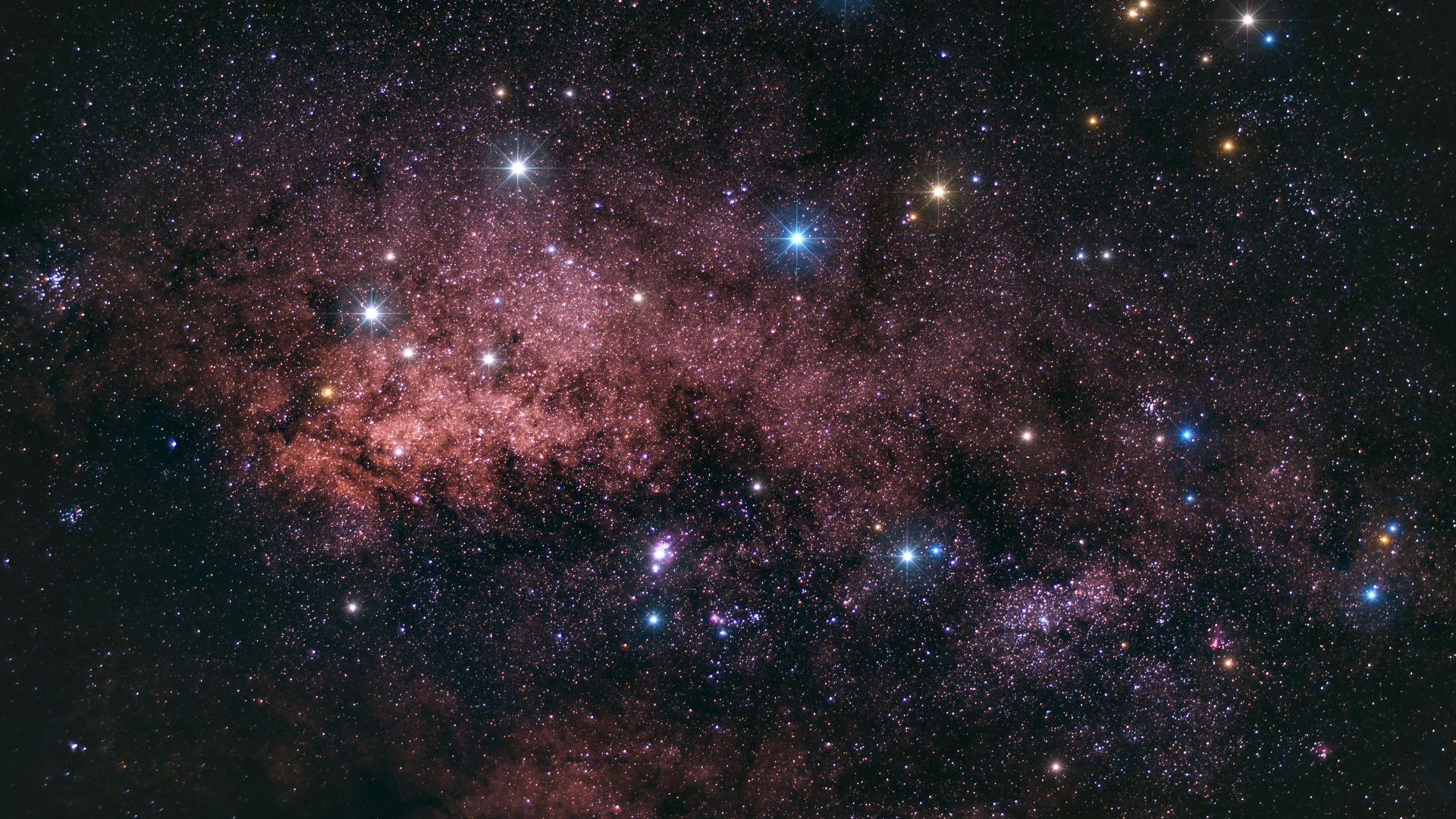The night sky is a fascinating source of fascination, and you can learn more about it through constellation myths. The history of how the constellations were formed remains a mystery to this day, but some of these stories are still shared among people today.
What is a Constellation?
A constellation is a group of stars that appear as a recognizable pattern in the night sky. Some of the most famous constellations include the Big Dipper, Perseus, and Orion. The word “constellation” comes from the Latin word meaning “a gathering of objects.”
The earliest known constellations were probably groups of stars that Egyptians saw in the night sky. These groups became known as constellations after they were grouped together by Ptolemy in his work Almagest circa 150 AD. Ptolemy is credited with creating 48 constellations, although today there are over 125 recognized constellations.
Today, astronomers use a number of methods to identify and name constellations. One method is to look at how bright certain stars are and see if they appear together often enough to be considered a constellation. Another method is to look at how patterns of stars move across the sky and see if they form an identifiable shape.
There are several famous star clusters in the night sky that are sometimes considered constellations, including the Great Bear (Ursa Major), Hercules Cluster (Heracleum Lycaeum), and Cassiopeia Group (Cassiopeia).
History of Constellations
The stars that we see in the night sky today have been known to cultures around the world for centuries. Many of the constellations that we know and love were once only recognized by ancient civilizations.
Constellation myths date back to antiquity and can be found in many different cultures around the world. The Babylonians believed that the god Marduk created the constellations as a way to guide sailors on their journey through the sky. Greeks and Romans also believed in constellation myths, with Roman mythology claiming that Ursa Major (the Great Bear) was Zeus’s chariot driver.
Throughout much of human history, constellations were only recognized by a select few cultures. It wasn’t until the late 18th century that astronomers began to study these ancient myths and assign them specific names. Today, there are over 80 officially recognized constellations, which can be found outlined on maps like those made by John Flamsteed in 1712 or Charles Messier in 1764.
While constellations have always been a part of human culture, their popularity has grown in recent years. Today, many people enjoy viewing the stars and constellations in the night sky. This popularity has led to the creation of dedicated astronomy clubs and societies, as well as online communities where people can share their star-gazing experiences.
How Many Constellations Are There?
There are 88 constellations in the sky, according to the International Astronomical Union. Some of these constellations have been around for centuries, while others are relatively new. Here is a look at how each constellation was formed:
- Auriga (the charioteer) is one of the oldest constellations. It was first mentioned by Ptolemy in the second century AD. It consists of eight stars and can be seen from late autumn through early winter.
- Canis Major (the Great Dog) is one of the most well-known constellations. It was first mentioned by Homer in the eighth century BC. It consists of seven stars and can be seen from late March through early May.
- Cygnus (the Swan) was first mentioned by Hesiod in the eighth century BC. It consists of six stars and can be seen from late January through mid-March.
- Gemini (the Twins) was first mentioned by Homer in the eighth century BC. It consists of five stars and can be seen from late May through early June.
- Hercules (Hercules!) was first mentioned by Ovid in the first century AD. He used it to represent strength and power. The constellation includes four main stars and can be seen from spring into summer.
- Leo (the Lion) was first mentioned by Homer in the eighth century BC. The constellation includes three main stars and can be seen from late September through early November.
As we continue our journey through the night sky, it is important to remember that not everything in the heavens is as it seems. Some of the most famous constellation myths originated long ago and may have little to do with actual astronomical phenomena. I hope you enjoy learning about these intriguing stories and find them fun as well as informative!
